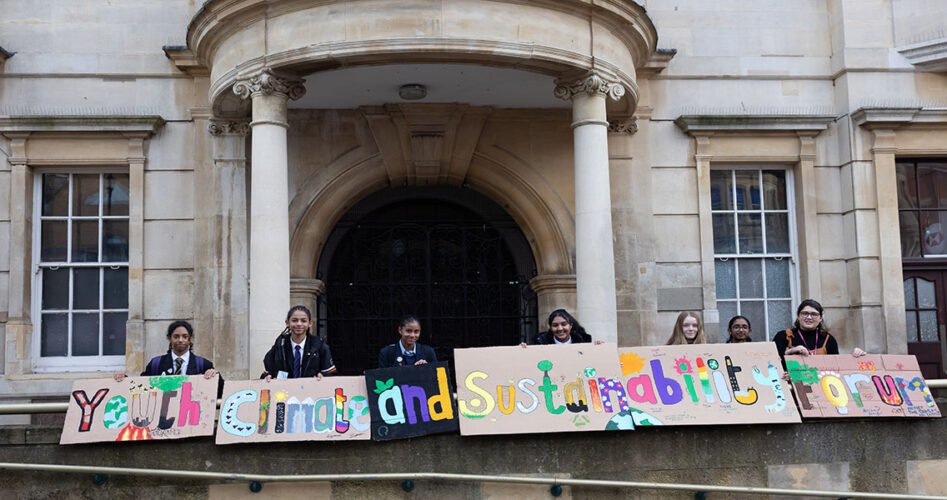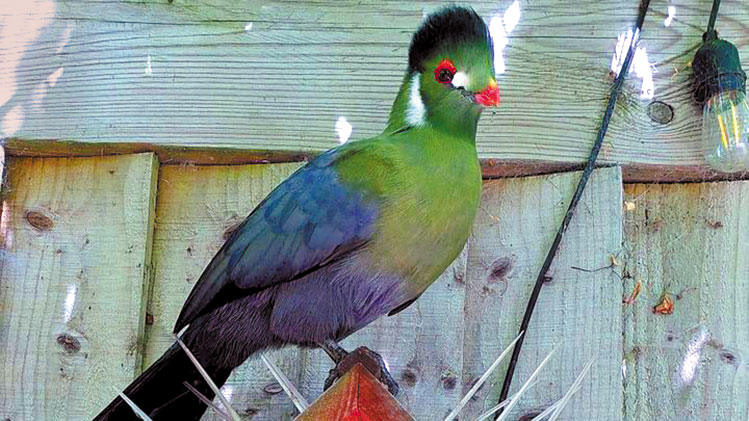Advertisement Feature
THP Chartered Accountants, based on Wanstead High Street, is proud to announce the appointment of two new directors to our board. Both Shahid Hameed and Miles Girdlestone have been promoted to Client Director with immediate effect.
Shahid and Miles bring vital experience and support to our current board of directors. This will be essential in the coming months and years as our business continues to grow rapidly.
Shahid Hameed FCA FCCA
Shahid has gained a wealth of experience in auditing, having helped to almost double our audit portfolio over the last three years. As our Money Laundering Compliance Officer, Shahid has always ensured THP is on top of internal compliance matters and that our teams are up to date with AML compliance issues. He is looking forward to attracting more clients who need audits including charity audits and help with solicitors’ client money rules.
Keen cricket fan Shahid said on his appointment: “Having worked at THP as a Client Manager for several years I have always enjoyed the variety of work, professionalism, freedom, and top-quality service we provide to our clients. I am extremely grateful for the opportunity provided in this new role and will do my best to support my fellow directors in maintaining our high standards. At THP we have always worked as a close, friendly team which is the key to our success and growth; and I have no doubt that this support will continue during my transition into the directorship.”
Miles Girdlestone FCA
Miles joined THP in 2014 from one of the big six firms and has built up a broad base of skills and experience, ranging from corporate services such as statutory audit, accounts and corporation tax return preparation, through to personal tax services. Miles also manages our grant audit services for new and existing clients.
A boxing and football enthusiast, Miles is delighted by the opportunity to join THP’s board. He said: “I am incredibly grateful and honoured to have been appointed as a director. In this role, I will strive to bring fresh perspectives, innovative ideas and strategic insights to the table. Ultimately, our success is directly linked to the satisfaction and loyalty of our client base and the attraction of future clients. Our clients have choices, and I am grateful for their decision to choose us as their accountants. We strive to build strong and long-lasting relationships based on trust, reliability, and mutual respect. Our clients are not just a number to us; they are valued partners, and we are as committed to their success as we are to our own.”
Congratulations from Mark Boulter, Managing Director
THP’s Managing Director, Mark Boulter, is thrilled to welcome two further colleagues to our board. He said: “Miles and Shahid share 25 years of loyalty with THP, gaining a wealth of experience between them, using their talents to both deliver exceptional service and to attract new business. I know I am speaking for the whole board when I say that I’m looking forward to their involvement in shaping the future of our company which is soon to be celebrating its 50th anniversary.”
To learn more about how THP can help your business, call us today on 0800 6520 025.














